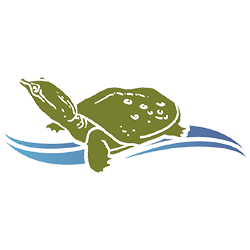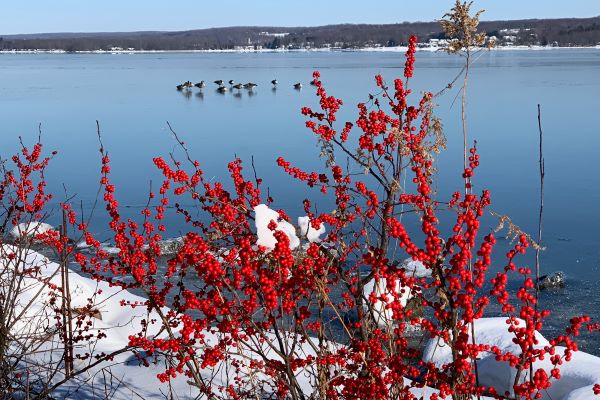Question: When is a lake not just a lake?
Answer: When it is an ecosystem.
And make no mistake about it, when it comes to effectively managing a complex ecosystem
such as Chautauqua Lake, you definitely want to have science taking the lead.
Recently a county legislature committee dropped the idea of creating a special taxing
district that would provide funding to rehabilitate Chautauqua Lake. (Rehabilitation means
returning it to a former, presumably better condition, by providing it with what it had lost.)
Many residents had opposed the new lake taxing district, concerned about how the funds
would be raised and – more importantly – how projects to be done would be decided.
Science must inform decisions involving complex ecosystems. Knowing the living, chemical and
moving parts of the lake and understanding its needs can be done by science research. The
learning and understanding needs to be done before the decision making, not after.
First, understand ecosystem functions, then protect and manage. Lead with science.
It’s complicated.
To fully appreciate the ecosystem that is Chautauqua Lake you have to look at the big picture,
and it is a complicated one. You have to consider not only the Lake, the ecosystems of the
many creeks and streams that flow into the Lake, but also the land that comprises the watershed and
all of its multiple ecosystems. What’s more, there are biological, chemical and physical
interactions within each ecosystem and between ecosystems.
It’s so complicated that it’s obvious: Lake ecosystem management cannot be done solely by
government agencies. Granted, we have caring, dedicated elected officials. However, there is
no science requirement for election to office. Elected officials trying to navigate difficult waters
without understanding how those waters are intricately woven into the lives of countless
creatures could, unknowingly, cause harm. Because living ecosystems are not only complex
but also fragile, the first step to managing them is understanding how they work. Then,
reasons for protection and management become clear. Informed discussions and actions
require scientists at the decision-making table. Lead with science.
What’s next?
The Chautauqua-Conewango Consortium not only holds itself to this science-based standard,
we are here to hold the processes that affect the waters of the Conewango Creek watershed,
which includes Chautauqua Lake, to that standard.
Where are we headed with lake management? Chautauqua Lake currently has several
science-based management plans that clearly lay out the work that needs to be done. These
plans are reasonably recent, cost thousands of county dollars to complete and are ready to
be used. Many individuals in our watershed communities know that lake-management decision
making must be led by scientific research. The Consortium insists on it and these plans have it.
Lead with science.
Going forward, let’s use our resources – both time and money – for best management practices.
Let’s really tackle the nutrient load driving the harmful algal blooms. Plants in the lake may
tangle a propeller but harmful algal blooms prevent people and pets from even going near the
lake. The existing plans contain many more suggestions.
The Chautauqua-Conewango Consortium has individuals representing a diverse range of
scientific expertise. We are here to assist, advise and insist that our ecosystems receive the
best scientific research available. “Lead with science” means understand the science first then
take action.

